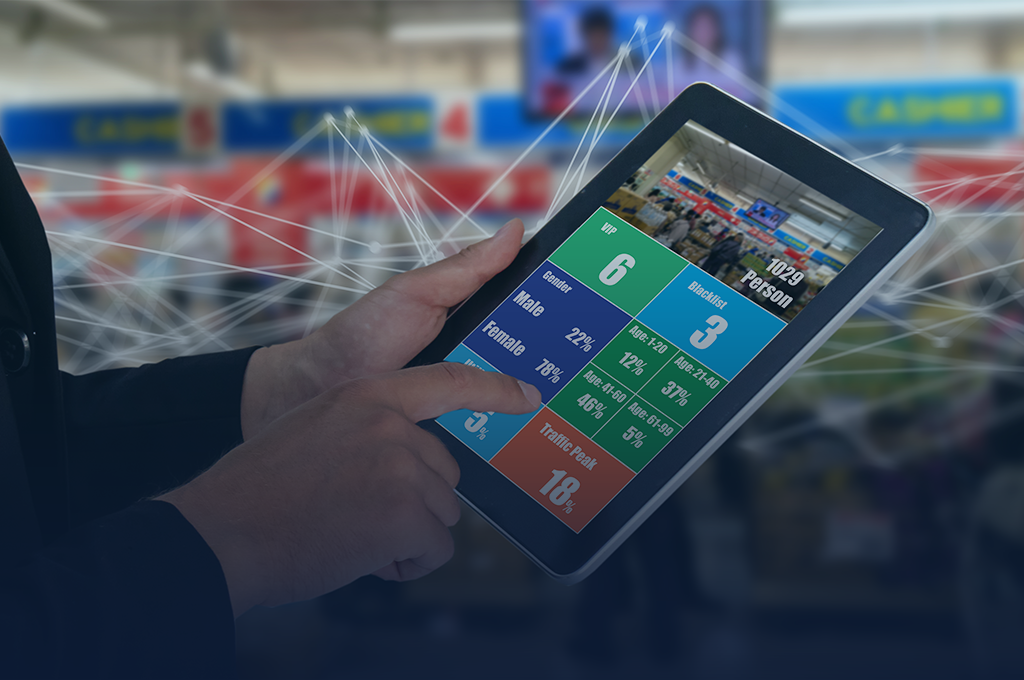Time Tracking Without Stress: How Clocking Devices Bring Trust & Insight
It is the end of the month. Time is ticking, tension is rising. Have all the hours been entered correctly? Are the breaks approved? And what about that one employee who always submits his hours at the very last minute?
For many HR departments and planners, this is a familiar situation. But employees themselves also experience anxiety. Sometimes they see time recording as a control: ‘Don’t you trust me?’ This resistance is understandable – especially if time recordings have to be adjusted afterwards or if discussions arise about the correctness of the salary payment.
This is precisely why modern time registration offers a solution. Clocking is no longer a form of supervision, but a means of creating trust. Everyone knows: the hours are correct, the payout is correct, and there is no need for endless back-and-forth communication about corrections.
With the right clocking-devices and a well-designed WFM system, this fuss disappears. You get overview, clarity and peace on the work floor.
Time-Tracking on The Rise
The popularity of clocking devices reflects this demand – valued at USD 3.06 billion in 2024, it’s forecast to reach USD 5.58 billion by 2033.
What additional attendance tracking features are companies looking for? Well, there’s a lot to gain from tracking time on a more granular level, breaking down records by activity or project.
In this article, we’ll explore how companies can benefit from activity-based tracking, and how this is supported by versatile clocking devices.
The Benefits of Activity-Based Time Tracking
Clocking devices record who is working when, where, and sometimes even on what. In practice, this means: employees clock in when they arrive and out when they leave—optionally for breaks, task changes, or location shifts. The data is automatically stored and sent to a central system. No sticky notes or spreadsheets needed.
However, time tracking is no longer just about logging when someone starts or finishes their shift. When done right, it becomes a tool for building trust, improving performance, and creating real business value.
By recording hours per task, project, cost center or client, you gain a far more accurate and actionable view of how time is used. Here’s how this benefits both your organization and your people:
Improved Payroll Accuracy and Regulatory Compliance
Activity-based tracking reduces errors and grey areas. Employees see their hours clearly registered, including overtime or shift differentials. That transparency builds confidence and minimizes disputes over pay. It also ensures compliance with labor regulations, collective labor agreements and internal rules.
Transparent and Fair Work Culture
When employees know that their time is recorded accurately and used fairly, it fosters a sense of trust. Instead of feeling watched, they feel valued. Time tracking becomes a shared tool that reflects real effort and contribution. This can improve morale and support a more collaborative workplace culture.
Increased Engagement and Accountability
Recording time per task helps employees take ownership of their work. They see how their input connects to business outcomes — whether that’s a completed project, a satisfied customer, or an improved process. This awareness boosts engagement and reinforces a sense of responsibility.
Operational Visibility and Smarter Decision-Making
Time data shows what’s really happening in your business. Is Project A running over time? Is too much labor spent on repetitive tasks in customer service? These insights let you fine-tune planning, improve workflows, or address skill gaps through training. You stop guessing — and start managing with facts.
More Accurate Billing and Job Costing
Tying hours to clients or projects enables itemized billing—eliminating disputes and building trust. In manufacturing, you’ll know exactly how much labor goes into a batch or production line—crucial for cost calculations, pricing, and quotes. These benefits only come from combining modern WFM software with the right web-connected time clocks..
Clocking Devices for Every Environment
No two workplaces are the same. Clocking hours in retail is different from logistics or manufacturing. That’s why MANUS offers Datafox time clocks—reliable hardware tailored to each environment.
Sector Applications:
- Retail: Clock in/out per store, track hours per task (e.g., register vs. shelf restocking), sync with planning
- Logistics: Log shift start/end times, breaks, and activities like picking or loading
- Manufacturing: Track time per production line or maintenance task per employee—hardware built for tough conditions
- Hospitality: Flexible tracking for part-timers or seasonal staff. Clock in on site or via app
Everyday Use Cases
Datafox offers a wide range of time clocks for all kinds of settings. For example, install a wall-mounted terminal near the staff entrance in your distribution center. Employees clock in using their chosen method—ID, badge, etc. The data is then seamlessly integrated into your ERP or WFM system..
Designed for Tough Conditions
Datafox devices are built for rugged environments — resistant to dust, gloves, temperature swings, and more. They also work offline, making them ideal for fieldwork and industrial facilities.
Compatible Clocking Methods
Clocking devices support multiple identification modes. Here are some of the scenarios in which companies use each mode.
- RFID Clocking: Fast & contactless ideal for high-traffic or gloved situations
RFID clocking involves employees carrying a small RFID tag, often embedded in an ID card or key fob. The time clock device has an RFID reader so the employee can quickly clock in by holding the card near it. This fast, contactless method is beneficial in high-traffic scenarios or where employees might have dirty hands or gloves on. - Barcodes: Useful for logging by employee, task or project
A barcode clocking system assigns a unique barcode to each employee or task. Employees might have a barcode on their ID badge, or job sheets might have barcoded project codes. The clocking device scans the barcode to identify the person or work item. - PIN Codes: A simple back-up when badges are lost
PIN clocking is one of the simplest methods – the employee manually enters a unique code on the time clock interface to identify themselves. PINs are useful as a backup in case ID cards or fobs are lost. - QR Codes: Combines Data in a single scan
QR codes are versatile, able to encode more information than traditional barcodes. They can be useful if you need to include an employee ID plus a location or project code in one scan, for example.
These methods work with both fixed and mobile setups, depending on your needs.
Why You Need WFM-Software Too
Modern WFM tools let you take time tracking a step further. Employees can log hours per cost center, client, project, or even individual tasks. That level of detail pays off in smarter decisions and financial accuracy.
Benefits include:
- Accurate hour tracking – no manual errors or disputes
- Transparency and trust – employees see their time is fairly recorded
- Real-time insights – for HR, planning, and finance
- Efficiency – less admin, faster payroll, better reports
- Flexibility – choose from RFID, QR, barcode, or PIN
- Robust hardware – built for dusty warehouses, damp kitchens, or mobile teams
MANUS WFM & Datafox: A Powerful Combo
Using MANUS WFM together with Datafox clocking-devices means working with a seamlessly integrated system. Whether you’re in retail, logistics, manufacturing, or hospitality, this solution is reliable, flexible, and robust.
Datafox clocks come in various models, from wall terminals to mobile devices, and integrate directly with your WFM environment.
Conclusion: Empower Your Staff With Better Time Tracking
Clocking devices aren’t just about control. When paired with enterprise WFM software, they become tools for trust, clarity, and better performance. You gain insight. Employees gain confidence. And together, you get the full value from every hour worked.
Want to explore how Datafox devices integrate with MANUS WFM? Get in touch with our team.












